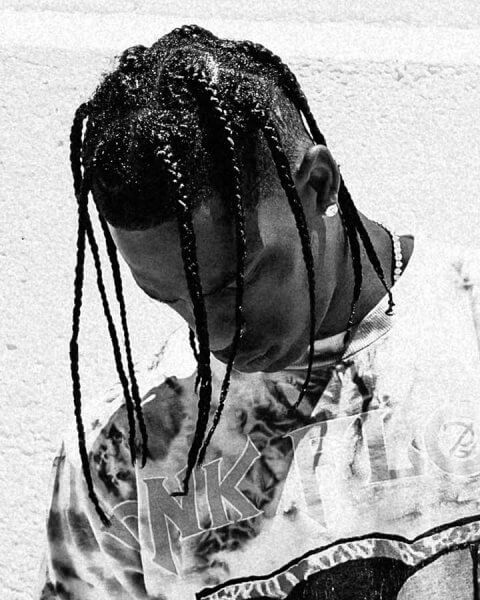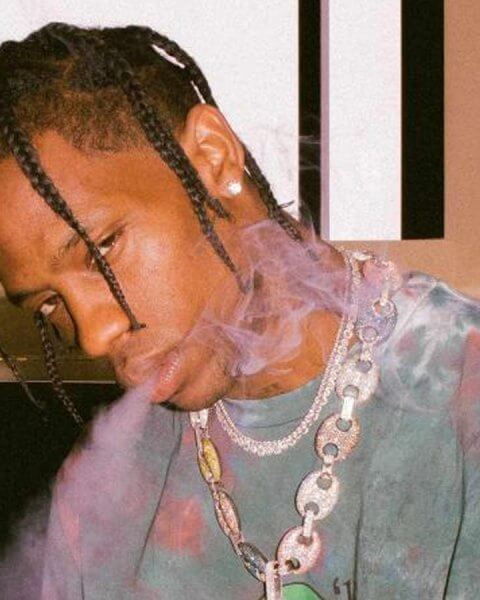The MetaBirkin Dilemma
Creating art from existing work is hardly a new method – take sampling, which lead to some of the most iconic rap songs we know today. But with artists in the metaverse that re-create iconic designs as NFTs, brands are facing a new dilemma – how to protect their designs and the revenue opportunities, and still allow for artists to interact with cultural icons? Hiphop culture could offer a solution.
To sue or not to sue?
Imitation is the highest form of flattery – but when it comes to cash, brands ditch the honourable mention in favour of a good, old cease-and-desist letter. Or so it seems when we look at the news of Nike filing a lawsuit against StockX for the sale of unauthorised NFTs. Reason enough to explore the fashion NFT lawsuit that hit the news earlier this year: French luxury brand Hermès suing artist Mason Rothschild for creating their infamous Birkin Bag as an NFT. Selling for a whooping $ 42,000 (compared to the $10,000 the physical bag would cost in store), it’s not hard to see why Hermès isn’t overly happy that somebody else is cashing in on the icon they created. On the other hand, what’s a couple thousand compared to the unique opportunity to gain early brand recognition on a platform that might overtake the internet in a few years? Drawing a parallel to sampling in Hiphop, we think that allowing artists to work with iconic designs is an unmissable opportunity to create cultural momentum.
Sampling – method and ethos
Quick Hiphop-history: Sampling is using part of another body of work, maybe a melody, beat or even just an iconic phrase, and creating a new piece of art with it. Especially iconic examples are the “Can I Kick It”-line by A Tribe Called Quest, and Kanye West used samples on his most iconic tracks so much, it’s impossible to list them all in this article.
Evolve, create, stay up to speed
But next to a source of inspiration in music, “[t]he ethos of sampling, digging (searching) for samples and the whole Hip Hop culture that surrounded it was more than just the music, it encompassed various other elements such as graffiti, fashion and breakdancing”, as stated by producer Jason O’Bryan. So sampling is using a whole creative scene to constantly evolve and collaborate, and allowing for longevity of established symbols and cultural icons. Which, one might argue, Mason Rothschild did, transporting the Birkin bag into the metaverse.
Control vs creative freedom
So why did Hermès sue when they could have seized the moment? Brand representatives argue that Rothschild’s work could “ultimately preempt Hermès’ ability to offer products and services in virtual marketplaces that are uniquely associated with Hermès and meet Hermès’ quality standards.” Might be that the French house is already brewing up a strategy to enter into the NFT and metaverse complex. Understandable then, that an artist releasing a heavily inspired product fiddles with the meticulous planning that precedes every decision involving a multi-billion dollar company’s business ventures. On the other hand, the brand might just have missed an opportunity to turn a curse into a blessing.
Collabs make history
Let’s take Run-DMC and Adidas, for example. Before Hip-Hop became the multi-billion dollar industry it is today, rap was a fairly popular music genre, but still relatively new when the group from Queens released “My Adidas” in 1983. The history of the song, protesting the sentiment that sneakers resemble prison uniform shoes, might not have been a publicity angle the brand themselves would have picked. Legend has it that Adidas didn’t even realize why their sales had suddenly experienced an uptick – not until a representative in New York was made aware of the group and subsequently flew to out a show. When the group’s Darry DMC McDaniels asked the audience to show their branded sneakers, and a whole crowd waved their superstars, Adidas knew they had a business case. They sponsored the group, co-created clothing lines, and became the first sportswear company to collaborate with hip-hop artists.
Adidas’ courage rewarded
It all looks intuitive in hindsight, but let’s just try and put ourselves in the shoes of the Dassler family, the Adidas owners. Sat in a small town in Bavaria, the furthest away from hip-hop culture one could imagine, and debating if they’d like to officially approve a song that yes, increased their sales, but also came about because sneakers were associated with felon apparel. The brand went for it, but they did take a leap of faith.
Other brands have not been as happy about artists drawing inspiration from their brand. When Lil Nas X released the Satan Shoes rocking the Nike Swoosh without approval, the brand sued for copyright infringement, and got the art studio that created the shoes to buy back all pairs as part of their settlement. Lil Nas X called the lawsuit “fucked up”, and said freedom of expression had “gone out the window”, but has it really? Like with Run-DMC and Adidas, we have two commercially successful giants: Lil Nas X, the rap sensation that miraculously made it out of the one-hit-wonder category, and Nike, the world’s largest sportswear brand. But in this case, Nike doesn’t need the publicity. Echoing the argument that Hermès made in the lawsuit, the product is entirely outside of the brand’s control. With a sneaker containing human blood, and rocking a bible verse, the sneaker’s sentiment might negatively influence Nike’s aim to appeal to a broad range of customers.
Leap of faith or low risk?
Other brands have been even more on the case, forcing artists like Burberry Perry to change his name because his “swearing and offensive language” and his EP’s “NSFW” content might deteriorate the brands trademark, as reported by Noisey. But while the Lil Was X sneaker is a hefty example of creating a whole product without permission, other brands have had incredible success stories when letting artists use their iconic designs.
Luxury embraces street art
Gucci, for example, has long just adopted a laissez-faire or even embracing approach to artists drawing from their brand identity. Rappers like Gucci Mane, or German artist Capital Bra’s borderline obsessive identification with the brand, have certainly contributed to the brand’s enormous popularity within the Gen Z. Instead of taking him to court, the brand even entered into long-term work together with graffiti artist GucciGhost, that drew from the brand’s GG logo and stylised his own version.
Fashion, learn from music’s mistakes
Making virtual content exclusive again
But because we have the technology to allow for identifying and using intellectual property in a new way, it is crucial for the entire creative industry to learn from rap music’s history, and the consequences of not leaving open doors for collaboration. The increasingly strict attitude on samples meant that the once-ubiquitous technique became a privilege for only the biggest artists, unobtainable for those that don’t have the resources to license parts or even snippets of other songs. That’s understandable to make sure that artists get their royalties at times where a Spotify stream generates next to nothing
But it also takes away the freedom in working – musicians and labels have to constantly ask themselves whether they’ll go to court for using the tiniest snippet of another body of work. This could be avoided through the use of smart contracts, for example. Users would be free to create from existing work on the brand’s or original artist’s own terms. The technology automatically detects fragments of the original work, and part of the generated income automatically flows back to the originator.
Take a risk, create an icon
Subscribe to our newsletter for updates on Hiphop business, street fashion, arts, and culture.



